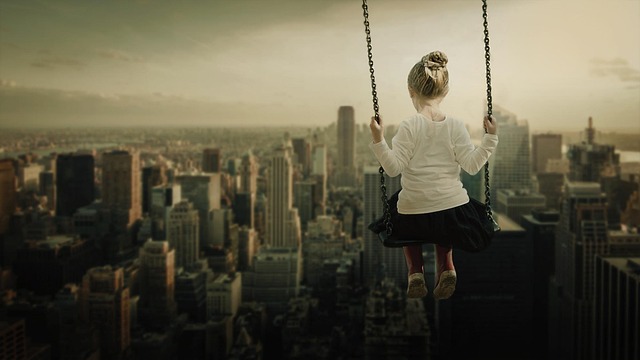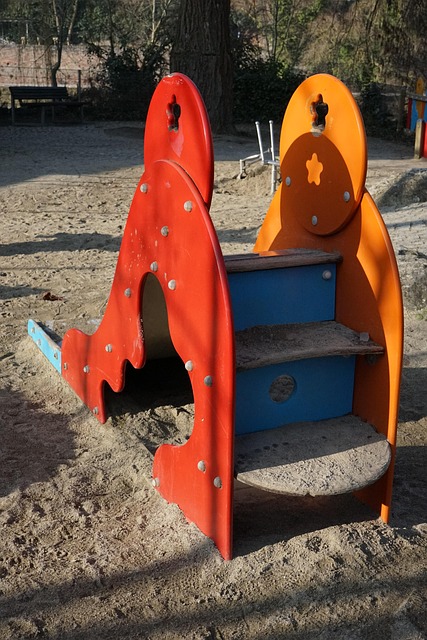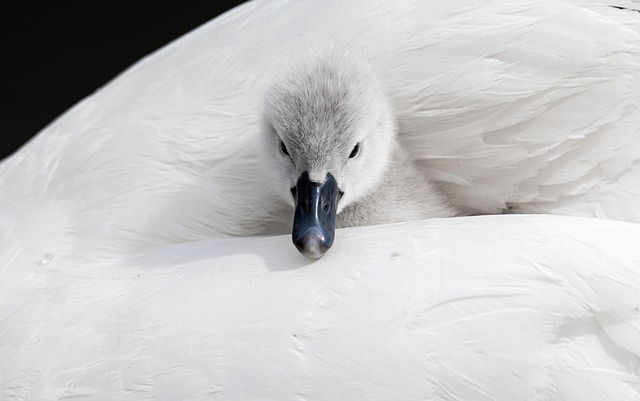Lane County's scenic parks are vibrant art destinations, offering a unique blend of natural beauty and creative expression through diverse public art installations. Parks like Alton Baker Park and Lincoln Park showcase sculptures, murals, and interactive pieces that integrate seamlessly into their lush landscapes, fostering community engagement and cultural enrichment. These artistic additions transform green spaces into dynamic galleries, encouraging residents to connect with their environment in new ways and cultivating a sense of local pride.
“Unveil Lane County’s hidden artistic gem through its breathtaking scenic parks. This county is home to a vibrant collection of outdoor art installations, transforming local green spaces into captivating galleries. From intricate sculptures to thought-provoking murals, these public art pieces inspire and engage the community.
Discover popular spots where art meets nature, fostering a unique connection between locals and their environment. Explore how these installations enhance the overall experience of scenic parks in Lane County.”
- Unveiling Lane County's Artistic Side: A Look at Scenic Parks
- Popular Locations for Outdoor Art Installations
- Community Engagement and the Impact of Public Art in Local Parks
Unveiling Lane County's Artistic Side: A Look at Scenic Parks

Lane County is a hidden gem for art enthusiasts, boasting several scenic parks that double as open-air galleries. These natural spaces offer a unique blend of tranquility and creativity, where local and international artists have left their mark through captivating installations. From thought-provoking sculptures to immersive experiences, these parks provide a refreshing escape for those seeking beauty and inspiration amidst the great outdoors.
Each park has its own distinct character, reflecting the diverse artistic vision of Lane County. Visitors can wander through lush greenery, enjoying the peaceful ambiance while discovering hidden gems—art pieces that seamlessly integrate with their surroundings. These installations not only enhance the visual experience but also foster a deeper connection between art and nature, creating memorable moments for all who explore them.
Popular Locations for Outdoor Art Installations

In Lane County, several scenic parks have emerged as popular locations for outdoor art installations, offering a unique blend of natural beauty and creative expression. These parks provide an ideal backdrop for artists to showcase their work, engaging both locals and visitors in a dynamic cultural experience. One notable spot is the Alton Baker Park, known for its expansive green spaces and breathtaking views of the Willamette River. The park has hosted various art exhibits, including sculptures and interactive pieces that seamlessly integrate with the surrounding landscape.
Another standout destination is the Lincoln Park, located in the heart of Eugene. This urban oasis boasts a diverse collection of public art installations scattered throughout its pathways and gardens. From vibrant murals to thought-provoking architectural artworks, Lincoln Park has become a hub for outdoor artistic exploration, drawing folks to enjoy and appreciate the creative offerings amidst the tranquility of nature.
Community Engagement and the Impact of Public Art in Local Parks

Public art installations in Lane County’s scenic parks have become powerful tools for community engagement and cultural enrichment. These artistic additions transform ordinary green spaces into vibrant destinations, encouraging residents and visitors alike to interact with their environment in new ways. By incorporating diverse media, from sculptures and murals to interactive displays, local parks become living galleries that foster creativity and spark meaningful conversations.
The impact of public art extends beyond aesthetic appeal; it builds a sense of community ownership and pride. When locals participate in the creation or interpretation of these installations, it strengthens their connection to the park and encourages ongoing engagement. This democratic process allows for the celebration of local history, culture, and diverse perspectives, making parks more inclusive and relevant spaces for all residents to enjoy.
